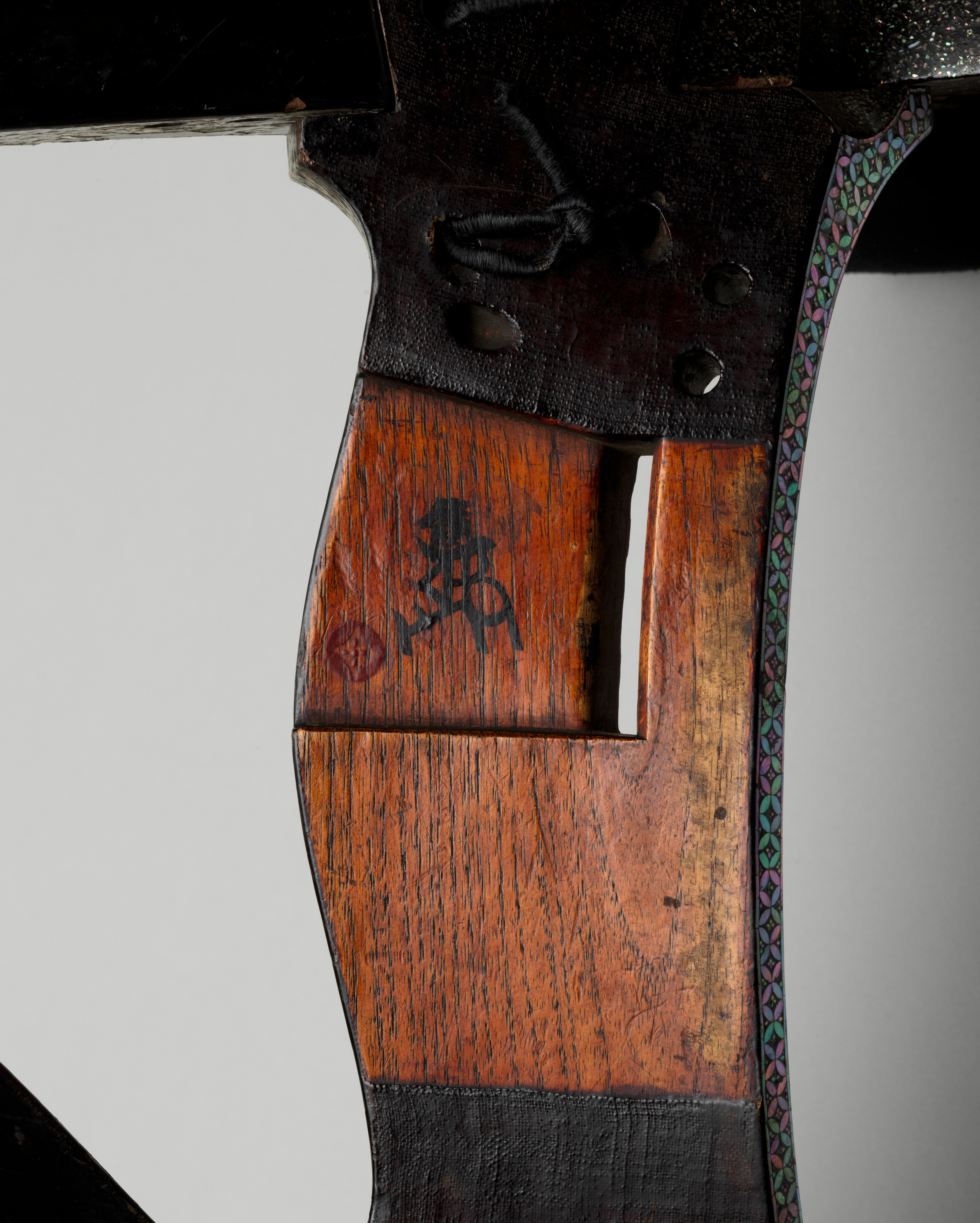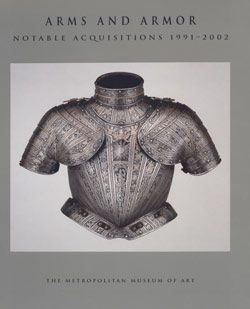Saddle (Kura)
Not on view
Japanese saddles are distinguished by an ingeniously simple method of construction combined with a virtually inexhaustible range of decorative motifs. The construction consists, typically, of only four pieces of skillfully shaped wood, which are held together by mortise-and-tenon joints and fastened in place by hemp or leather lacing. The surfaces are covered in Japanese lacquer (urushi) and often incorporate designs in gold or silver and inlays of ivory, mother-of-pearl, or abalone shell.
This saddle is a particularly fine example of black-and-gold lacquer with extensive abalone-shell inlay. It is especially distinctive as it is possibly the only example with inlay of this kind that is signed, dated, and made for a known family. The underside is marked with the as-yet-unidentified kao (seal or monogram) of the saddle maker and with the date Meireki yon sai (equivalent to 1658). The outside of the pommel and cantle is decorated in gold with the mon (heraldic insignia) of the Nishio family, daimyo of Yokosuka, in present-day Shizuoka Prefecture. Delicate inlay covers much of the saddle and features designs of billowing waves (seikaiha) and round blossoms set among lush scrolling vines (karakusa).
Due to rights restrictions, this image cannot be enlarged, viewed at full screen, or downloaded.
This artwork is meant to be viewed from right to left. Scroll left to view more.






